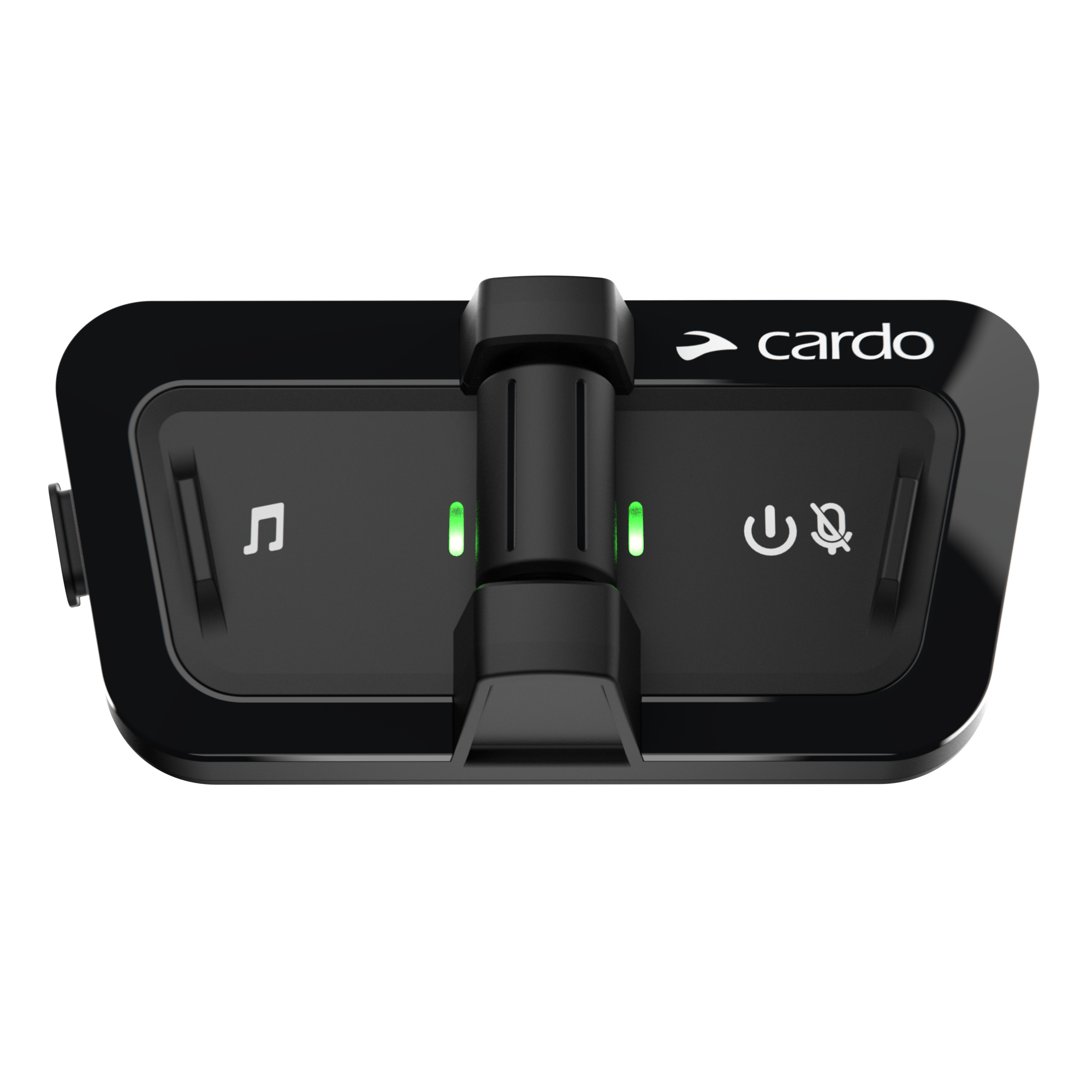Learn How to Measure and Choose a Ski Helmet Here
Do You Need to Wear Anything Under a Ski Helmet?
The short answer is no, you don’t have to wear anything under your ski helmet. Most helmets provide enough warmth and insulation to keep you comfortable on the slopes, especially in mild weather. You are sure to burn some calories on the mountain, so you might even get too warm if you wear another layer under your helmet.
If you don’t wear anything underneath your helmet, the padding on the inside of your helmet should be soft and flush with your skin. The foam or cushion insert can get worn down with age, making the helmet less comfortable. This can also reduce the amount of protection the helmet provides. Consider replacing the cushion if it starts to degrade.
How to Wear a Hat or Cap Under Your Ski Helmet
You can wear a wool insert or balaclava cap underneath your helmet for several reasons. Some skiers wear them for the extra warmth on chilly days, but others use them for their moisture-wicking properties. The garment should be thin and flat so that it fits underneath the helmet without reducing its protective properties.

Source: yanik88/Shutterstock.com
Items made of wool, polyester and other synthetic materials work best because they dry quickly. If you start working up a sweat, it will collect around the top of your head. The material needs to dry, so it doesn’t get cold or freeze. No one wants to ski around with a soggy noggin!
The cap can also smooth over your untamed hair, so your helmet has a nice, flat surface. Keep the cap tight over your head without cutting off your circulation. It should stay in one spot once it is attached. Secure the helmet over the cap and make sure it doesn’t move or slide around when you bend over.
You can also wear ski face masks that wrap around your entire head. They protect your bare skin from the cold without blocking your view of the trail. If you don’t have access to a balaclava cap, you can try wearing a neck gaiter, thin beanie or skull cap instead. Try to cover the bulk of your forehead to keep the heat inside your body.
The cap or hat also shouldn’t interfere with your ski helmet accessories, such as your headlight or Bluetooth communication system. These items are meant to be worn in conjunction with your helmet, so you can keep your hands mounted to the poles.

Source: Brandelet/Shutterstock.com
Choose a ski helmet communication device that mounts onto the side of your helmet without obstructing your view. The receiver should be near your mouth, and the speakers should produce clear audio that keeps you connected to everyone in your group. Your ski cap shouldn’t block the sound of the speakers, so you can hear everything the other person is saying.
Use Ski Helmet Communication to Stay in Sync
The device also automatically connects whenever you are in range. You shouldn’t have to manually interact with the headset when you need to send a message. Everyone can spread out without getting cut off from one another. It’s the perfect way to coordinate with each other as you explore new settings.
Stay Warm and Secure While Skiing
Dressing for the slopes is all about staying warm and comfortable without putting your safety at risk. The winter cold can ruin your trip if you aren’t wearing the proper clothing. Frostbite and cold stress can creep up at a moment’s notice, so make sure your gear stays dry when you start sweating.
Remember these tips when using a hat or cap with your ski helmet. Enjoy the slopes!









